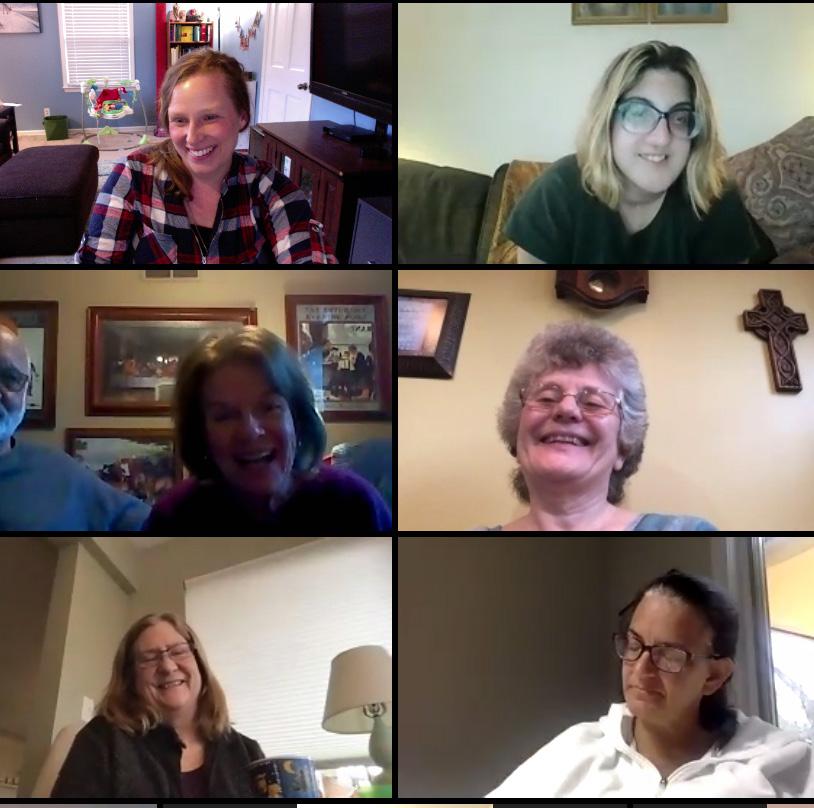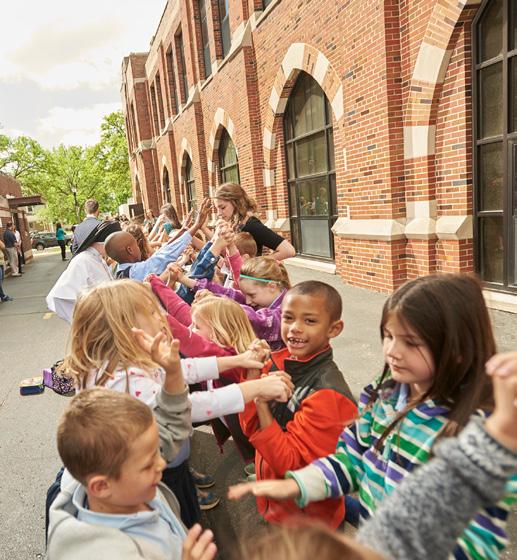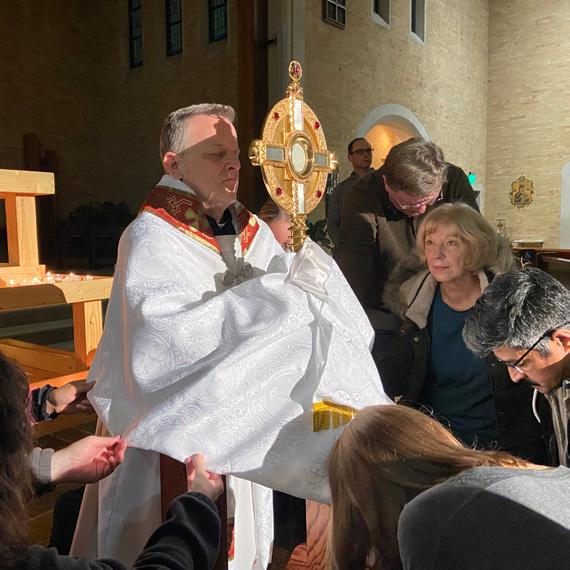
2 minute read
ON GERARD MANLEY HOPKINS & EASTER, Brian Fink
Many have likely stumbled across the poetry of Gerard Manly Hopkins, perhaps in a high school or undergraduate English class. But if your experience was like mine, you may not have learned that Hopkins was a lifelong devout Christian who, at age 22, was received into the Catholic Church by St. John Henry Newman and, ten years later, became a Jesuit priest. One cannot hope to understand Hopkins the poet without understanding Hopkins the Christian.
He lived until age 45, succumbing in 1899 to typhoid, after suffering for several years with the illness. He lived for 22 years as an Anglican and 22 as a Catholic. Hopkins was almost unknown as a poet during his lifetime, but because of his friend Robert Bridges’ efforts to promote Hopkins’ work after his untimely death, Hopkins is now considered to be one of the major innovative poets of the 19th century.
Advertisement

With “Easter” -- a poem Hopkins’ penned in 1866, the year of his conversion to Catholicism -- we see the foundational elements of poetry (things like poetic meter, simile, metaphor, nature imagery) employed with expertise to evoke by their use an experience for the reader of the Resurrection itself. The poem reads much like a triumphal Resurrection hymn with which Easter church-goers might be familiar. Hopkins draws upon images of springtime and new life; he includes biblical references to worship, homage, and both fasting and feasting, and concludes each stanza with direct reference to Easter morning, as a way to emphasize the singular significance of the Resurrection as the locus of both human history and the entire created universe.
- Brian Fink teaches Middle School Religion and History at Resurrection School, and is a member of the Parish Formation Team at Church of the Resurrection.
EASTER
Break the box and shed the nard;
Stop not now to count the cost;
Hither bring pearl, opal, sard;
Reck not what the poor have lost;
Upon Christ throw all away:
Know ye, this is Easter Day.
Build His church and deck His shrine,
Empty though it be on earth;
Ye have kept your choicest wine—
Let it flow for heavenly mirth;
Pluck the harp and breathe the horn:
Know ye not ‘tis Easter morn?
Gather gladness from the skies;
Take a lesson from the ground;
Flowers do ope their heavenward eyes
And a Spring-time joy have found;
Earth throws Winter’s robes away,
Decks herself for Easter Day.
Beauty now for ashes wear,
Perfumes for the garb of woe,
Chaplets for dishevelled hair,
Dances for sad footsteps slow;
Open wide your hearts that they
Let in joy this Easter Day.
Seek God’s house in happy throng;
Crowded let His table be;
Mingle praises, prayer, and song,
Singing to the Trinity.
Henceforth let your souls always
Make each morn an Easter Day.
Gerard Manley Hopkins

ABOVE: CHRIST WITH SINGING ANGELS
This 15th century altarpiece by Hans Memling depicts a choir of angels singing and making music, surrounding Christ who raises his right hand in blessing. He is crowned as King and his left hand rests on an orb, indicating his reign over heaven and earth. On his cloak are three gems, for the three persons of the Trinity. This vibrant work is paired with Hopkins’ Easter poem, drawing us into worship and an Easter joy that befits the saving work of Christ.








